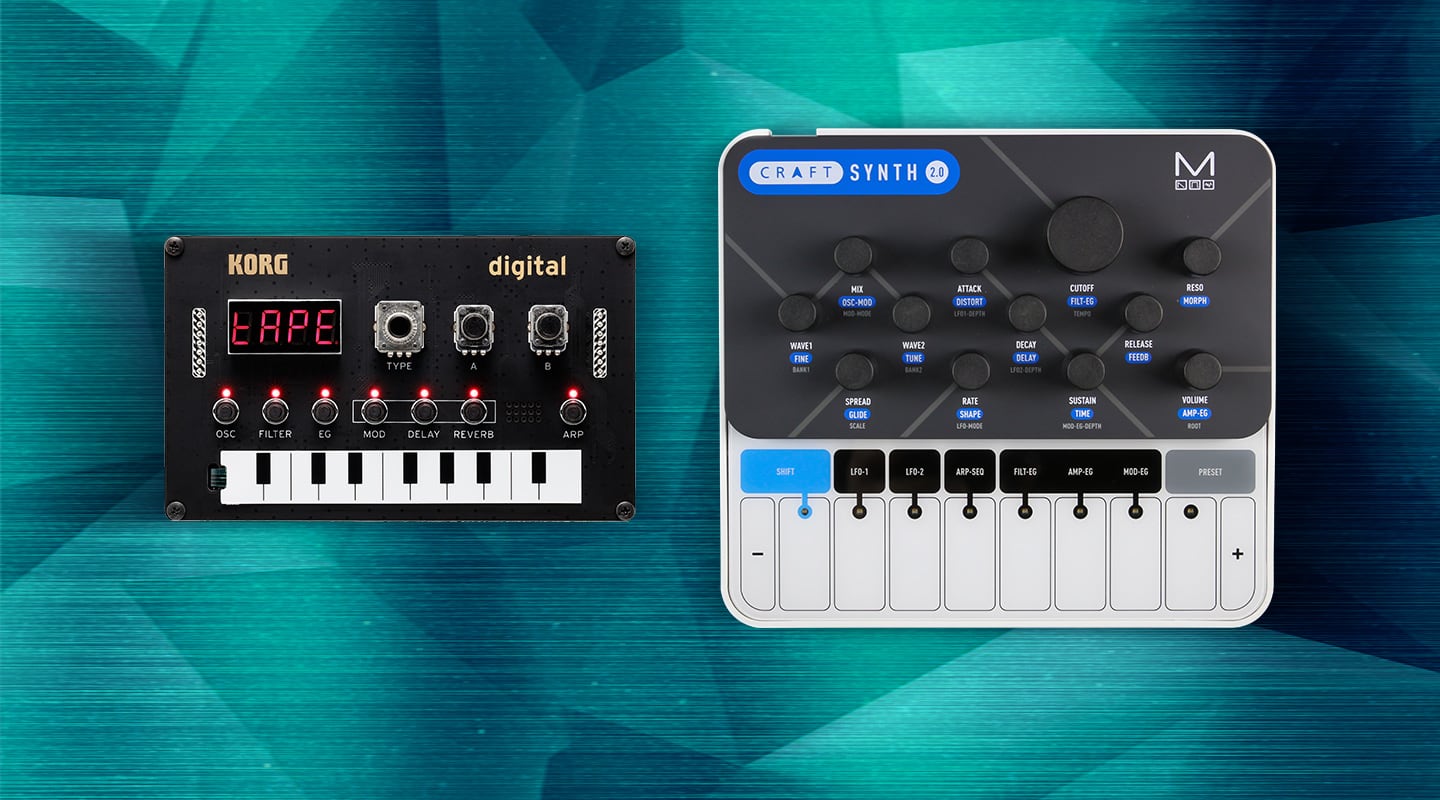
Korg NTS-1 V Modal Craftsynth 2.0
These two diminutive microsynths pack a punch. But can one lay claim to being the champ?
Battle of the Microsynths
Ladies and gentlemen! In the red corner, weighing in at 124g, Korg’s NTS-1 DIY synthesizer kit. And in the blue corner, with a total weight of 208g (without batteries), Modal’s Craftsynth 2.0 monophonic wavetable synthesizer. Let’s have a clean contest… Fight!
CONTESTANT 1: KORG NTS-1
In its quest for providing innovative and interesting tools for synth worshippers or those that might dabble in a bit of exotic noise making as a hobby, the Korg team has consistently created gadgets that catch the eye/ear, and at the same time suit the budget. The most recent offerings, from the Nu:Tekt DIY range, include a diminutive, but instantly appealing, pocket synth, with the rest of the range comprising an overdrive pedal, and a headphone amplifier. In this review we’ll focus on the synth product, the NTS-1.
With a single oscillator, a multi-mode filter, an envelope generator, three LFOs, three stereo effect processors, and a 24-step arpeggiator, the NTS-1 sounds pretty impressive, but that’s not the whole story: the engine in this handheld wonder allows you to update and swap out the oscillator and effects on board with a constantly expanding choice of third-party creations, as part of the ‘logue-SDK’ family of Korg multi-engine synths, including the Prologue and Minilogue XD keyboard and desktop synths.
Of course, you have to build it first. Allow yourself an easy-paced 45 minutes to complete the construction, and once that’s done, the sonic fun begins.
BUILD IT & SOUNDS WILL COME
As expected, given the limited real estate, the front panel functions perform multiple tasks: three knobs, which are an encoder (labelled Type), and two pots (A and B), and seven buttons to navigate through the surprisingly numerous parameters available.
What’s more, given the frugal level of knobs and controls, there’s surprising sonic depth.
I found that with just the waveshaping and LFO parameters, and the VPM controls, the NTS-1 can achieve a pleasing level of sonic complexity, without even delving into the user ‘logue’ waveforms. That said, it’s the 16 User oscillators that push this tiny machine’s bang for buck ratio to extremes.
NEED TO KNOW
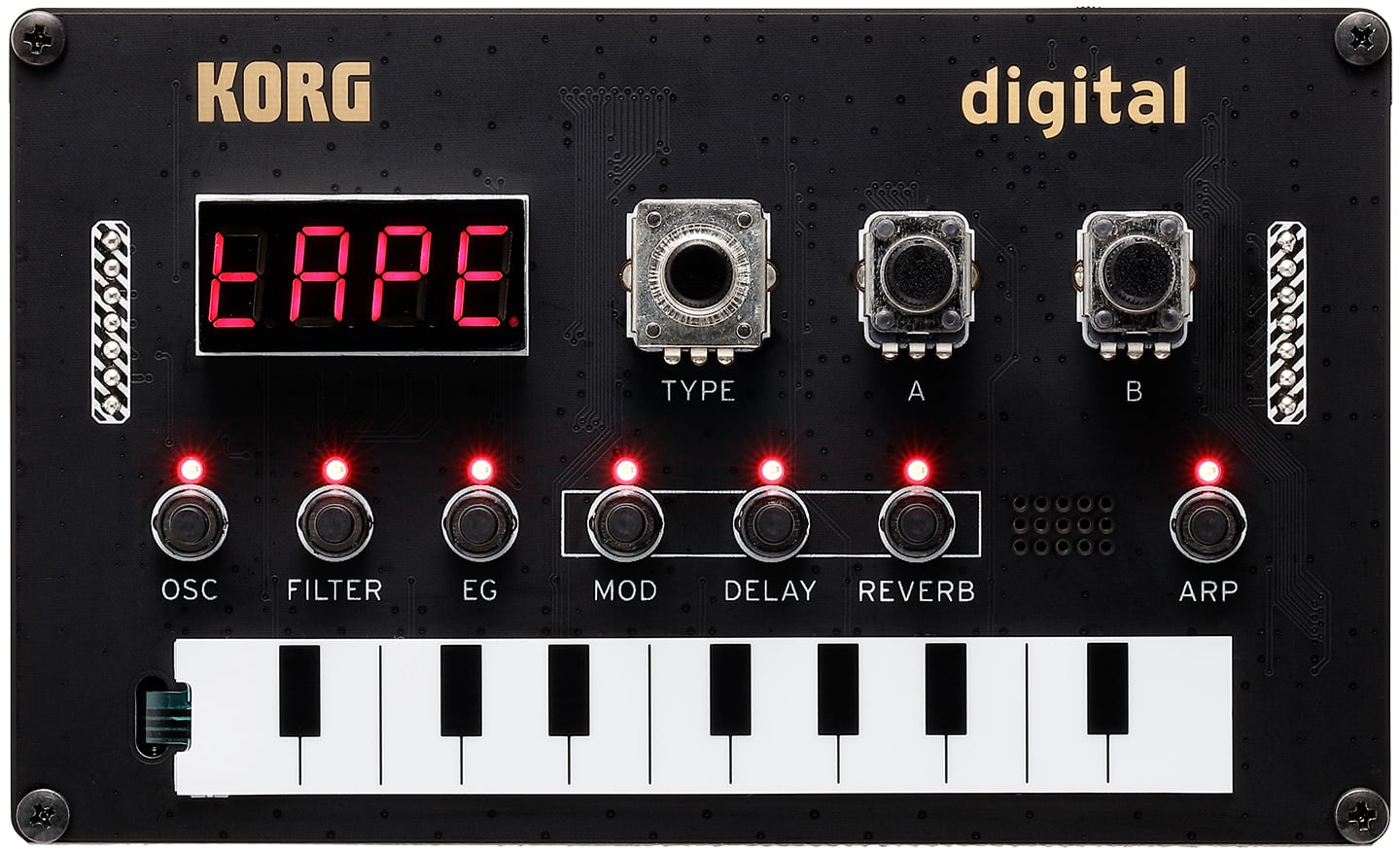
Click on numbers for more information.
CONTESTANT 2.0: MODAL CRAFTSYNTH
I know what you’re thinking. You’re thinking: Modal 008… Monster analogue synthesizer… A synthgeek’s dream machine… This isn’t that, but it’s also way easier on the wallet.
Traditionally, analogue synths were cherished for their warm, thick sounds while their digital cousins were regarded as thin and cold. Modal, the makers of the amazing 002 and 008 synths, decided to break some rules with their Craftsynth 2.0, offering an entry level monophonic synthesizer based on Wolfgang Palm’s wavetable synthesis.
The diminutive size of this device belies the enormous amount of synthesis it contains, and its ‘futuristic toy piano’ look certainly caused some prolonged chin stroking early on in my voyage of discovery. (As an interesting side note, Modal’s first two products in their Craft range, Craftsynth 1.0 and CraftRhythm were both in kit form, similar to Korg’s NTS-1.)

Click on numbers for more information.
LITTLE BIG SYNTH
Products of this size are often dismissed as being limited in their capabilities, simply because of the limited visual feedback, but spending time with the Craftsynth opened my eyes to the sonic possibilities.
I definitely preferred monitoring the results of my wanderings by having the unit connected to the editor app on my MacBook — the visual software provides reassurance of the flexibility and scope of the architecture. It also helps with the learning curve when you can view the sweeping of the wavetables with an envelope generator or LFO, with visual feedback of what your parameter changes are doing. Even more essential is the view of its routing capability, with 16 modifiers to modulate the eight oscillators. This is stunning synthesis, and is difficult to picture when using the hardware on its own.
You can program and transpose patterns with the built-in sequenced arpeggiator, which in combination with the Glide, Scale and Root controls gives some interesting, and very musical results. There are 64 preset storage locations for capturing the mayhem that you can reap with all of this synthesis power.
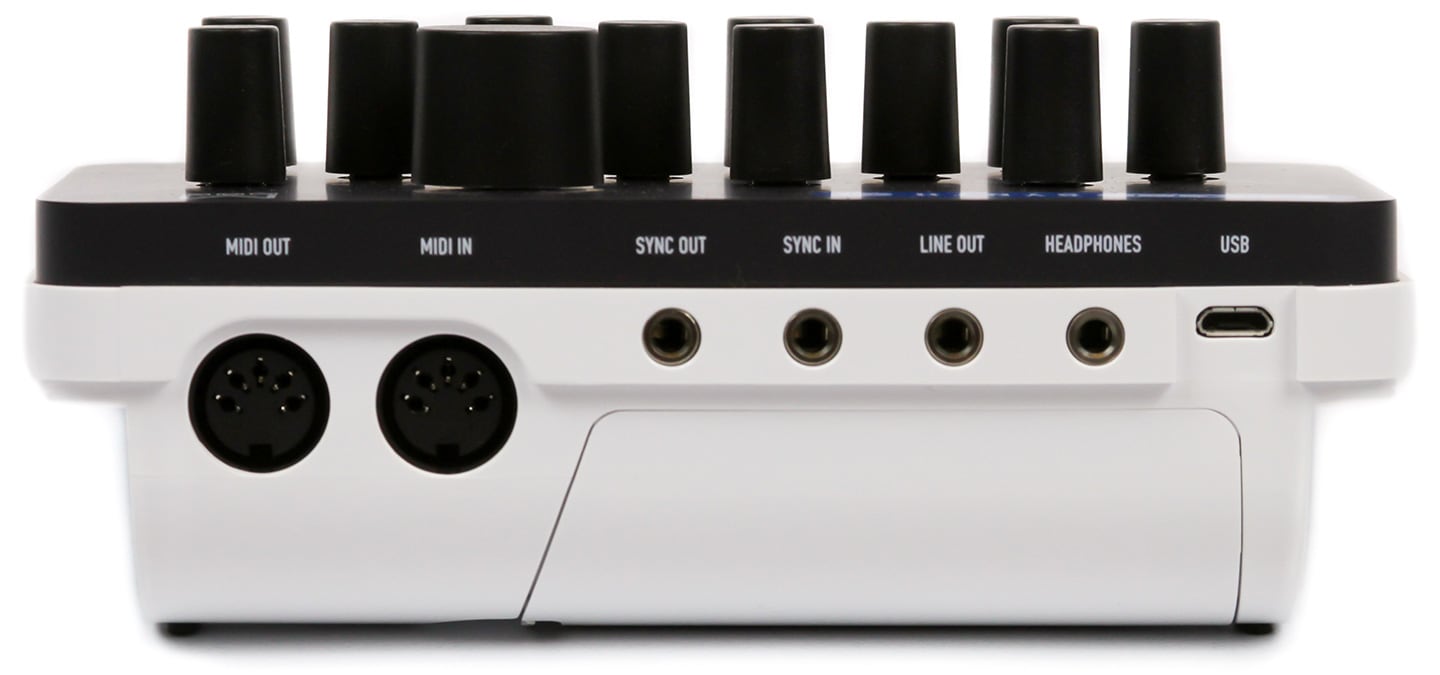
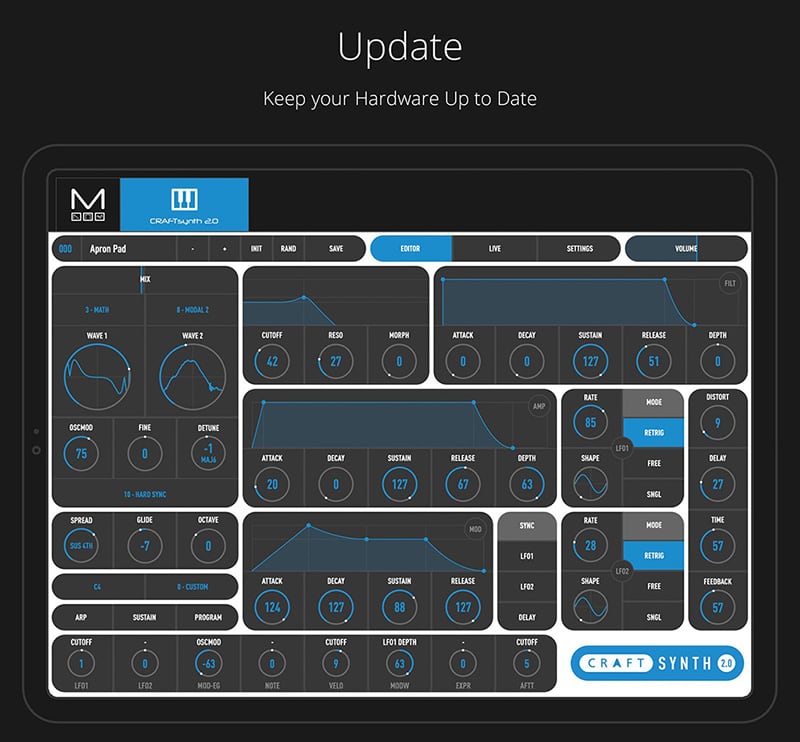
EDITOR SOFTWARE
The free software editor, available for MacOS, Windows, iOS and Android, is essential to get at the multitude of parameters available, especially the selection and modulation of wavetables and routing of modifiers in the modulation matrix. The ModalApp has four pages: Editor, Live, Preset Management and Settings. I particularly enjoyed working with the editor as it gives perspective to the sheer power of this little module. In fact, the CraftSynth 2.0 is, to me, more like a plug-in with a built in controller, with a staggering number of parameters.
AND THE WINNER IS
And the winner is: you! CraftSynth and NTS-1 aren’t the only contenders but they do provide first-time users and seasoned professionals alike have access to a smorgasbord of synthesis techniques and tonal variety available at an unprecedented price. And you can power both with a portable battery.
In fact, why not buy the NTS-1 and the Craftsynth 2.0, and throw in the Unosynth from IK Multimedia, or Korg’s Volca Modular and you’ll have the unbeatable synthesising power of a god.

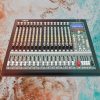










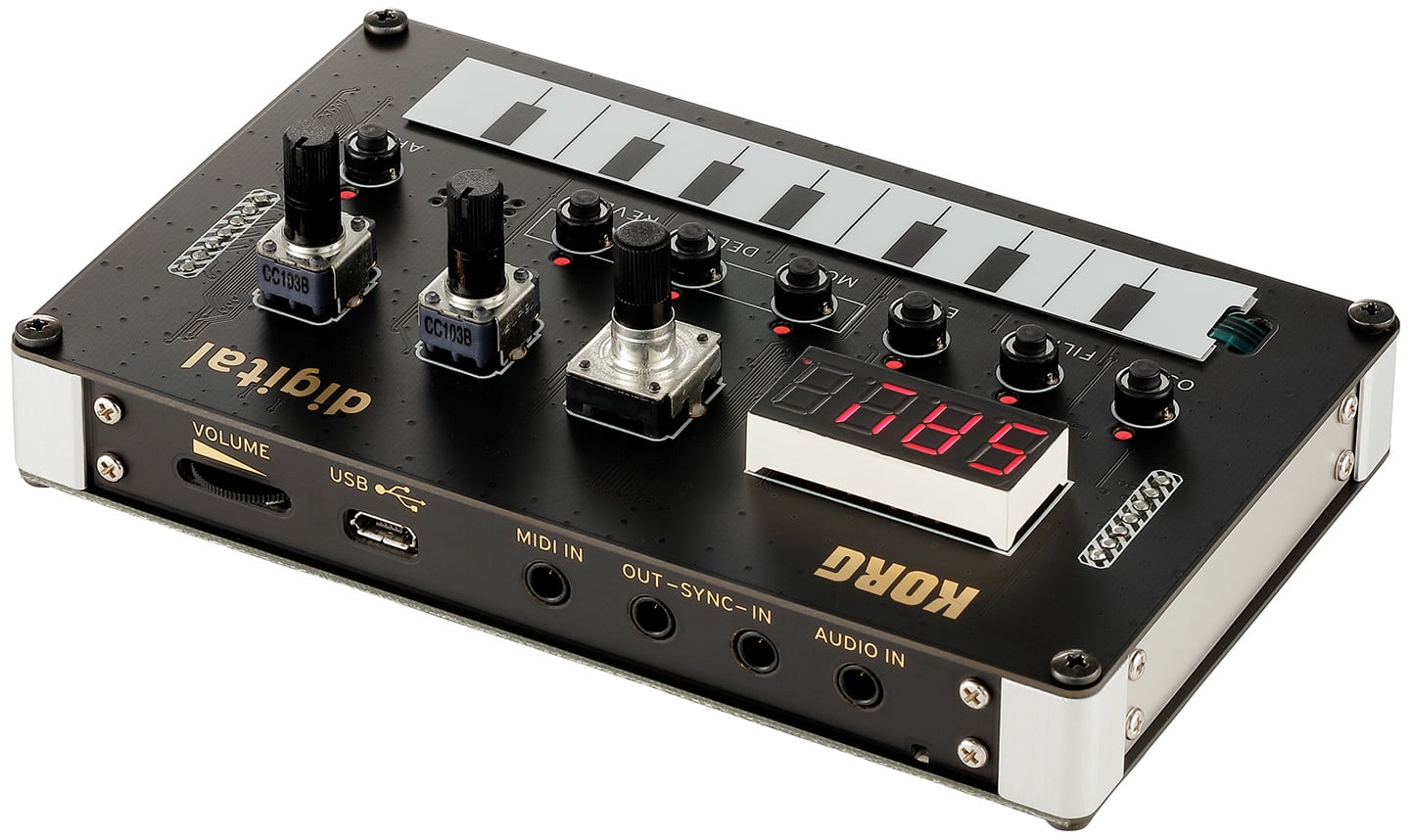














RESPONSES